
Why Some People’s Skin Turns Red When Drinking Alcohol
For many people, sharing a drink with friends brings a sense of warmth and relaxation — that light buzz, lowered inhibitions, and temporary calm that alcohol can provide. Yet, for others, the experience comes with an unpleasant surprise: a sudden, noticeable red flush across the face or neck after even a small sip of alcohol.
If you’ve ever wondered why your skin seems to “burn” or blush uncontrollably after a glass of wine or beer, you’re far from alone. Doctors say this reaction — often dismissed as a quirky genetic trait — can actually be a sign of something much more serious about how your body processes alcohol.
The “Alcohol Flush” Reaction Affects Millions
Globally, an estimated 540 million people experience alcohol-related facial flushing. It’s most common among people of East Asian descent, but it can affect anyone. Although it might appear harmless — even a little endearing — the so-called “Asian flush” or “alcohol flush reaction” signals that your body is struggling to process toxins properly.
This isn’t just a surface-level blush. It’s a biological warning light.
What Actually Causes the Redness?
Here’s what happens beneath the skin:
When alcohol enters your body, your liver starts breaking it down. Normally, the liver uses two key enzymes:
-
Alcohol dehydrogenase (ADH) – converts ethanol (alcohol) into acetaldehyde, a highly toxic compound.
-
Aldehyde dehydrogenase (ALDH2) – quickly turns acetaldehyde into acetate, a harmless substance your body can easily eliminate.
However, in people with alcohol flush syndrome, the ALDH2 enzyme doesn’t work properly due to a genetic mutation. This slows down the second step, causing acetaldehyde to build up in the bloodstream.
That buildup triggers a histamine response, resulting in:
-
Red, blotchy, or flushed skin (especially on the face and neck)
-
Rapid heartbeat
-
Headaches
-
Nausea or dizziness
-
A warm or burning sensation on the skin
The redness is caused by the dilation of tiny blood vessels near the skin’s surface — particularly visible on lighter skin tones, but the discomfort affects all who experience it.
Why It’s More Serious Than It Looks
While a red face may seem like a cosmetic issue, the underlying chemistry is far from harmless. Acetaldehyde — the compound that builds up — is a known carcinogen. Studies have shown that those who regularly experience alcohol flushing have a higher risk of several serious health conditions, including:
-
Esophageal cancer (especially squamous cell carcinoma)
-
High blood pressure and heart disease
-
Liver inflammation or damage
-
Increased hangover severity due to poor alcohol metabolism
Even short-term symptoms like dizziness, rapid heart rate, and nausea are your body’s way of saying, “This is not good for me.” Ignoring those signals over time can lead to more severe consequences.
Can It Be Prevented or Treated?
Unfortunately, because the condition stems from a genetic mutation, there’s no true cure for alcohol flush syndrome. The only way to avoid the reaction — and the associated health risks — is to limit or eliminate alcohol consumption.
Some people try to take over-the-counter antihistamines before drinking to reduce redness, but medical experts strongly caution against this. These medications only mask the symptoms — they don’t stop the toxic buildup of acetaldehyde. In other words, your skin might look fine, but your body is still suffering internally.
The healthiest, most effective solution remains simple: listen to your body and drink less.
The Rise of “Dry January” — and Why It’s More Than a Trend
For many who struggle with alcohol flush or just want to reset their habits, Dry January — a month-long alcohol-free challenge — has become a popular solution. But the benefits extend far beyond avoiding redness.
Research from the University of Sussex found that participants in Dry January reported:
-
Better sleep and more stable energy
-
Clearer thinking and improved concentration
-
Healthier-looking skin
-
Brighter mood and better mental health
-
Lasting improvements up to six months later
Dr. Richard Piper, CEO of Alcohol Change UK, summed it up perfectly:
“Dry January offers the opportunity for a total reset. You’ll sleep better, feel more energized, improve your mental health, and even notice your skin looks brighter — all while saving money and gaining a sense of achievement.”
Even cutting back on alcohol for a few weeks can give your liver time to recover and your body a chance to rebalance.
Final Thoughts: A Red Flag Worth Noticing
If your skin turns red after drinking, it’s more than just an awkward reaction — it’s your body sending you an urgent message. The flush isn’t merely about appearance; it’s about how efficiently (or inefficiently) your system is detoxifying harmful substances.
Whether you experience flushing or not, the truth remains: alcohol carries health risks for everyone. Regular or heavy drinking increases the likelihood of liver disease, hypertension, certain cancers, and a range of mental health problems.
The safest approach is to listen to your body’s signals, practice moderation, and consider taking periodic alcohol-free breaks like Dry January. By doing so, you’re not just protecting your skin — you’re protecting your long-term health and overall well-being.
News in the same category

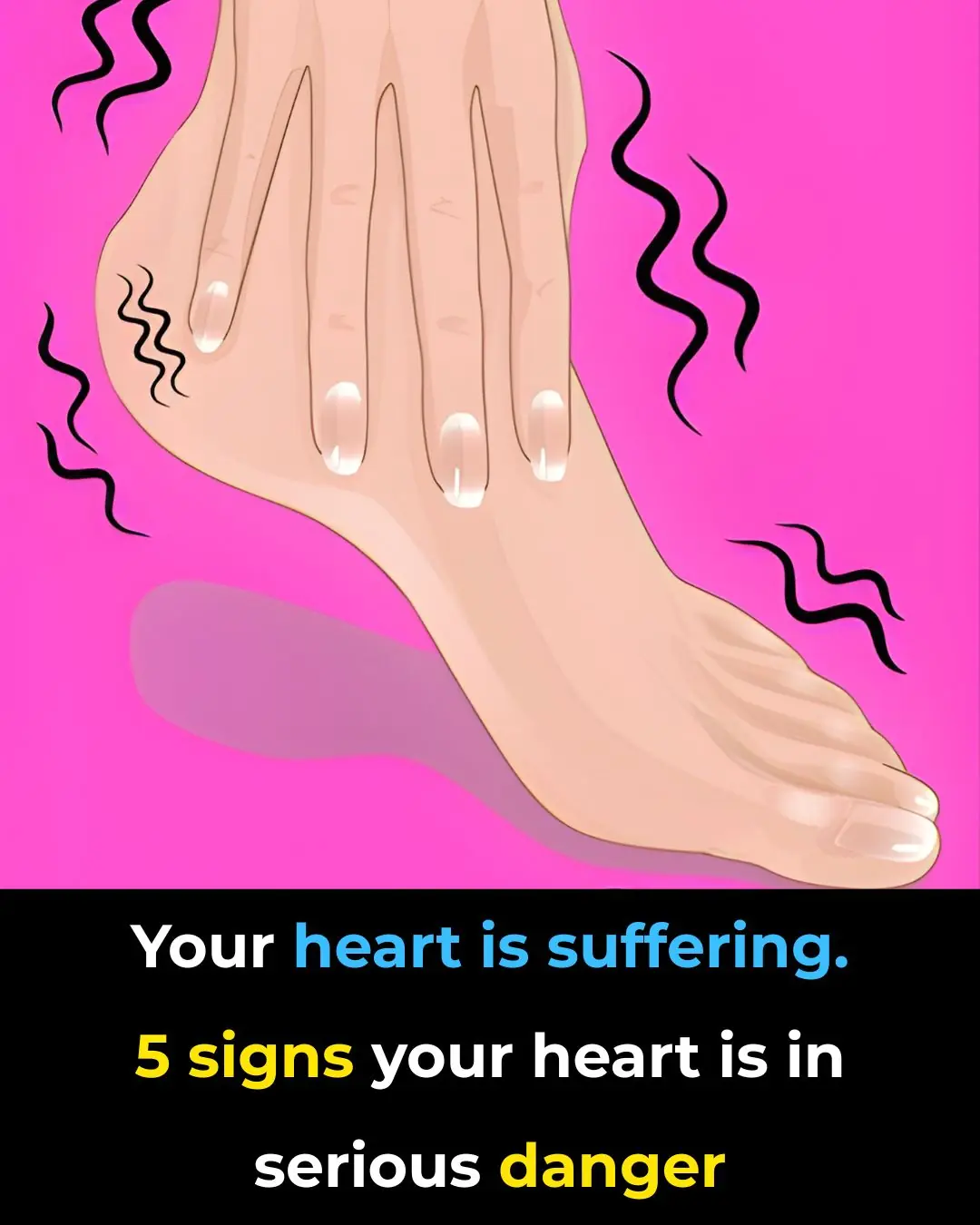
❤️ 5 Subtle Signs That May Suggest Heart Trouble – And When to See a Doctor

Eat these 3 foods to strengthen them…
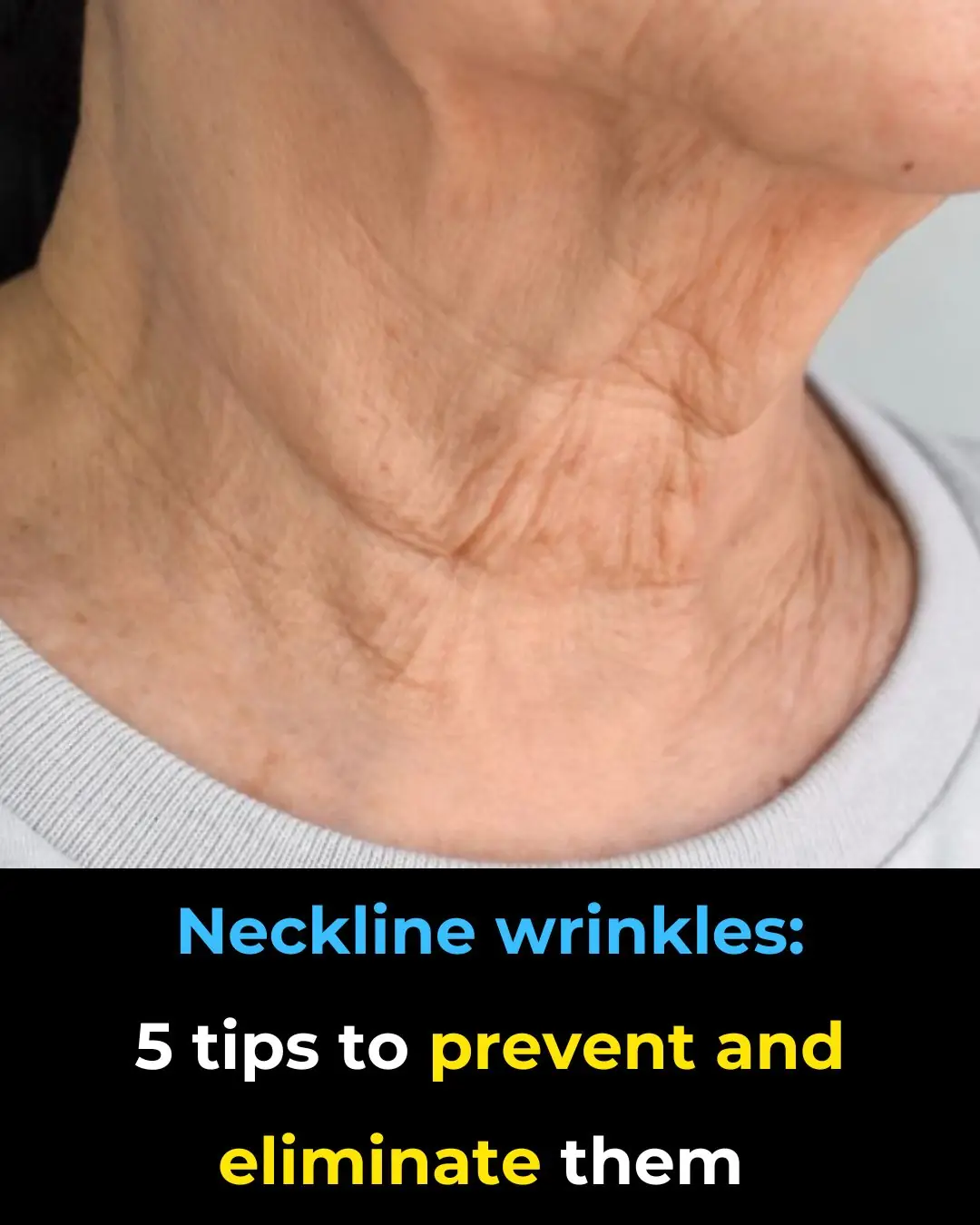
Neckline Wrinkles 5 Tips to Prevent and Eliminate Them

The Reason Some People Keep Lemons on Their Nightstand While Sleeping
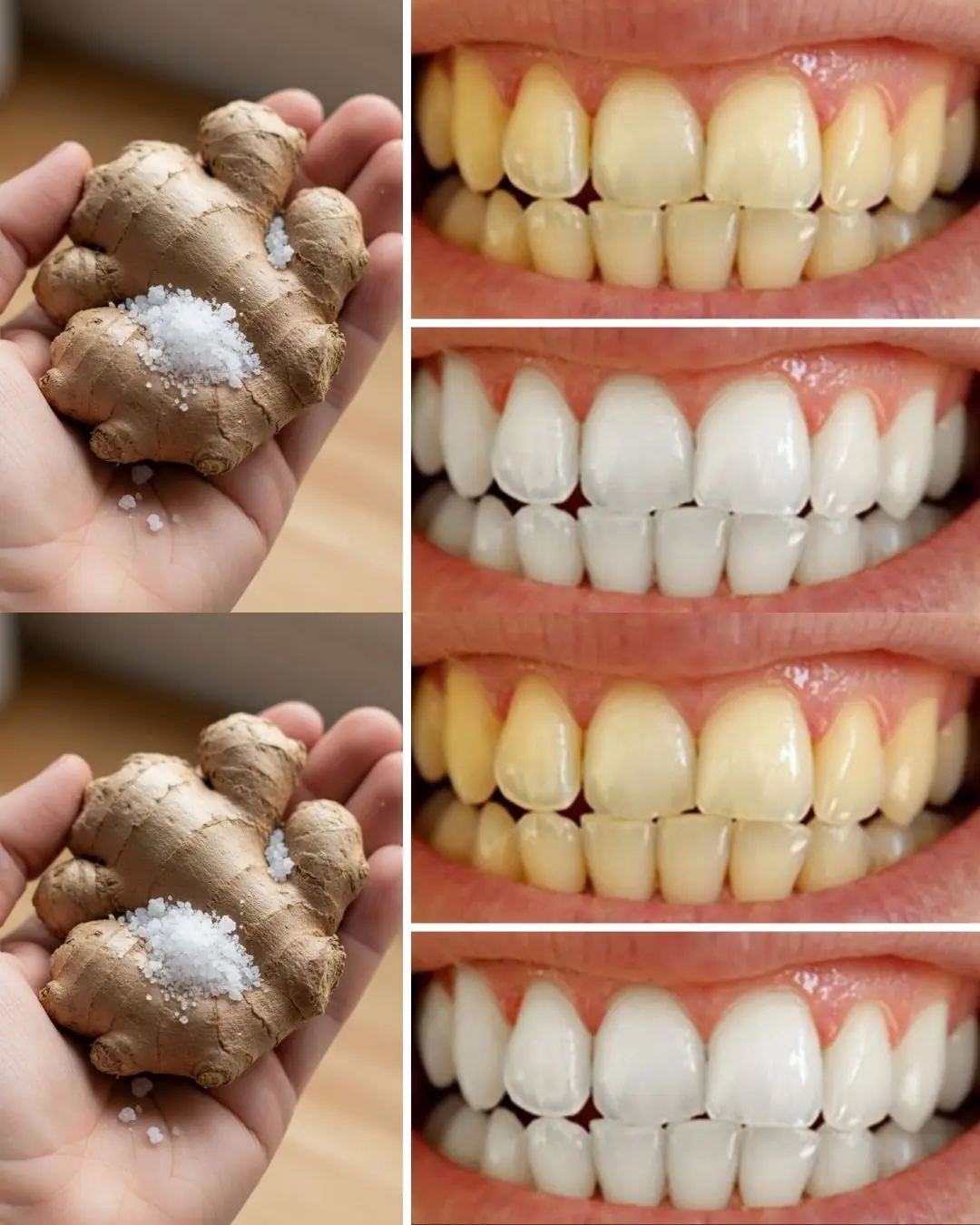
Ginger and Salt Teeth Whitening Remedy
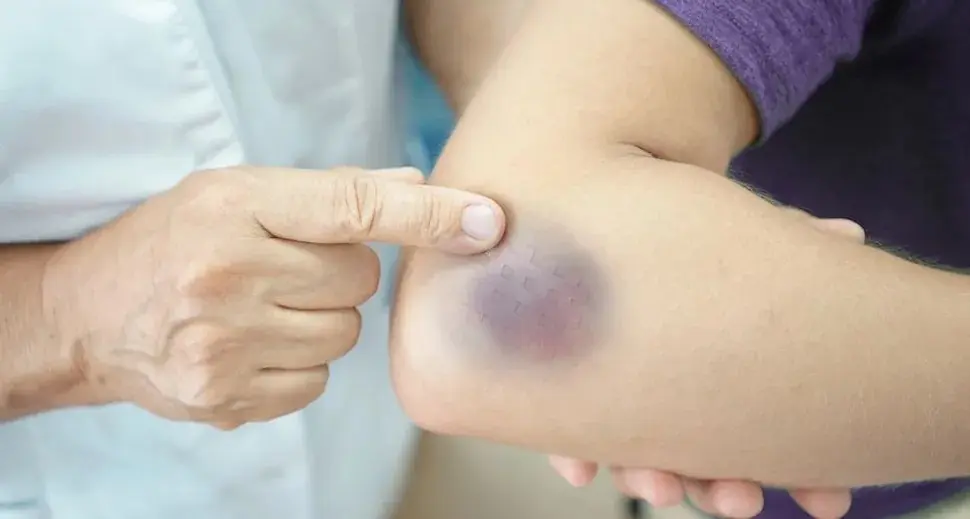
The Pain Most People Brush Off That Signals Serious Trouble
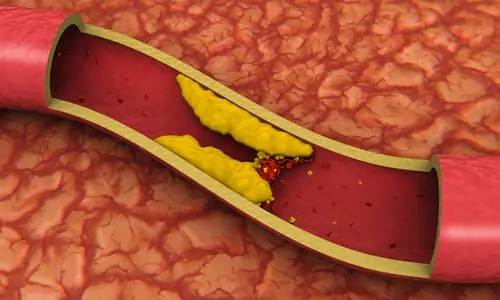
Warning Signs Your Arteries Need Cleansing and The Foods That Do It Best
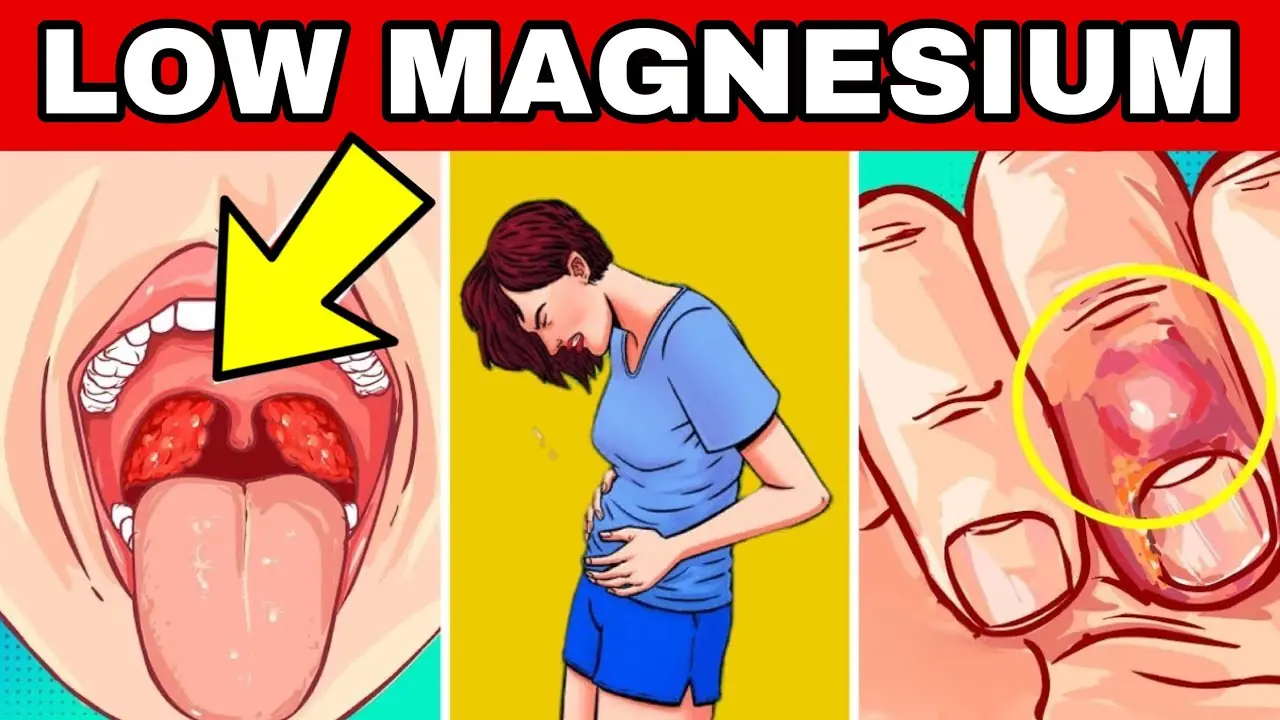
10 Warning Signs of Low Magnesium Levels and What to Do About It

The 5 fruits secretly damaging your brain after 50
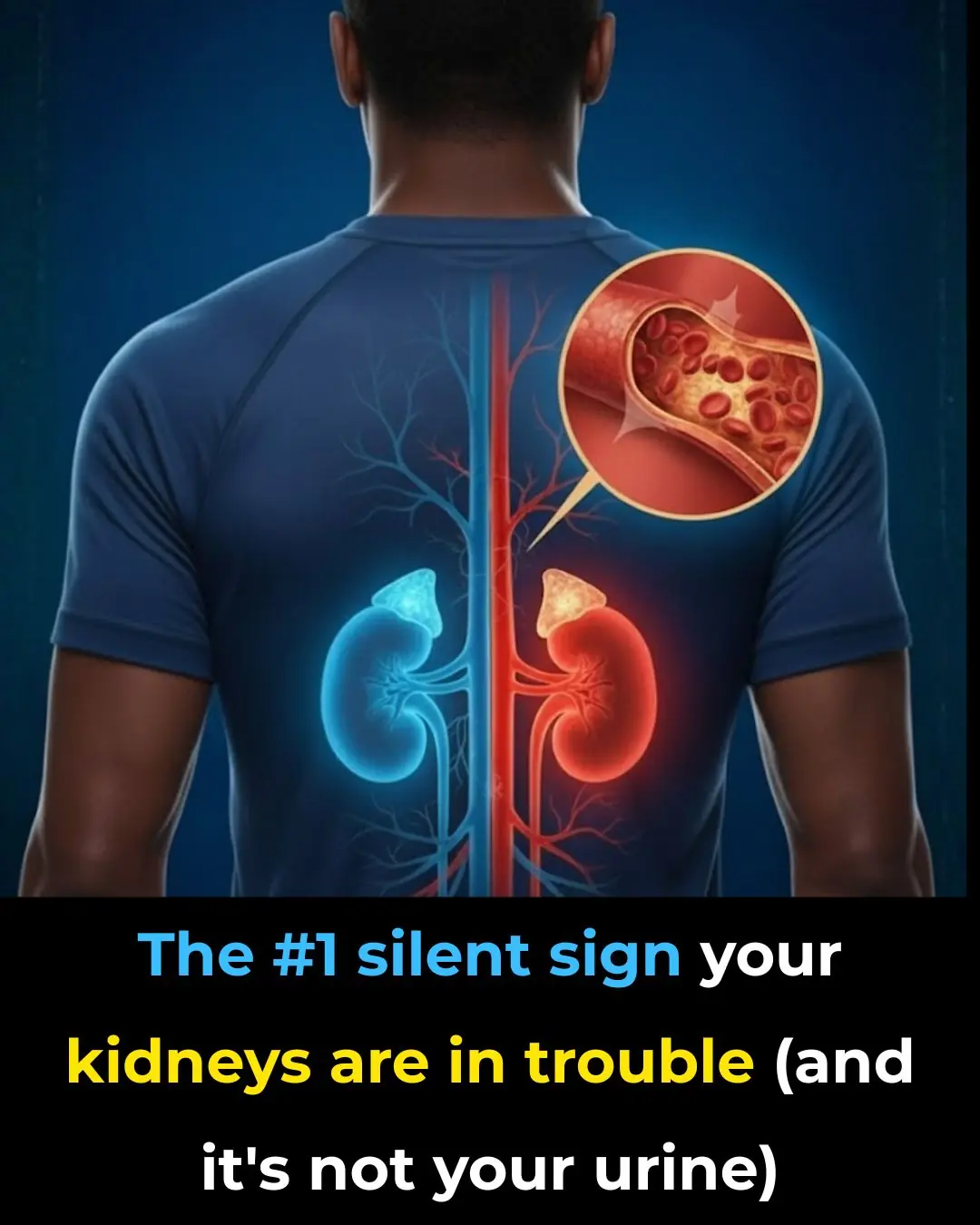
The #1 silent sign your kidneys are in trouble (and it’s not your urine)
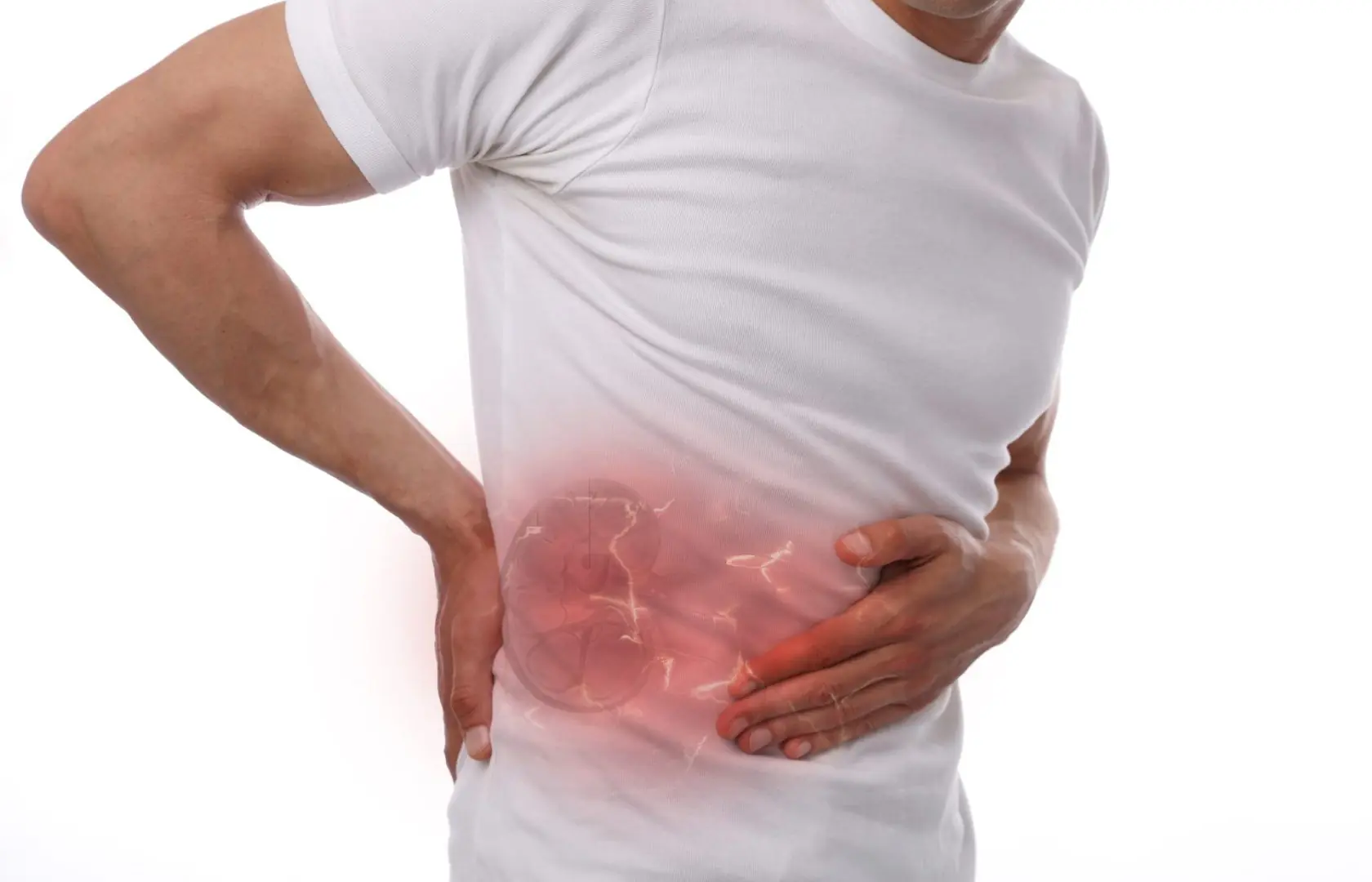
🩺 The #1 Silent Sign Your Kidneys Are in Trouble (And It’s Not Your Urine)

The 5 Fruits Silently Damaging Your Brain After 50 — And What to Eat Instead
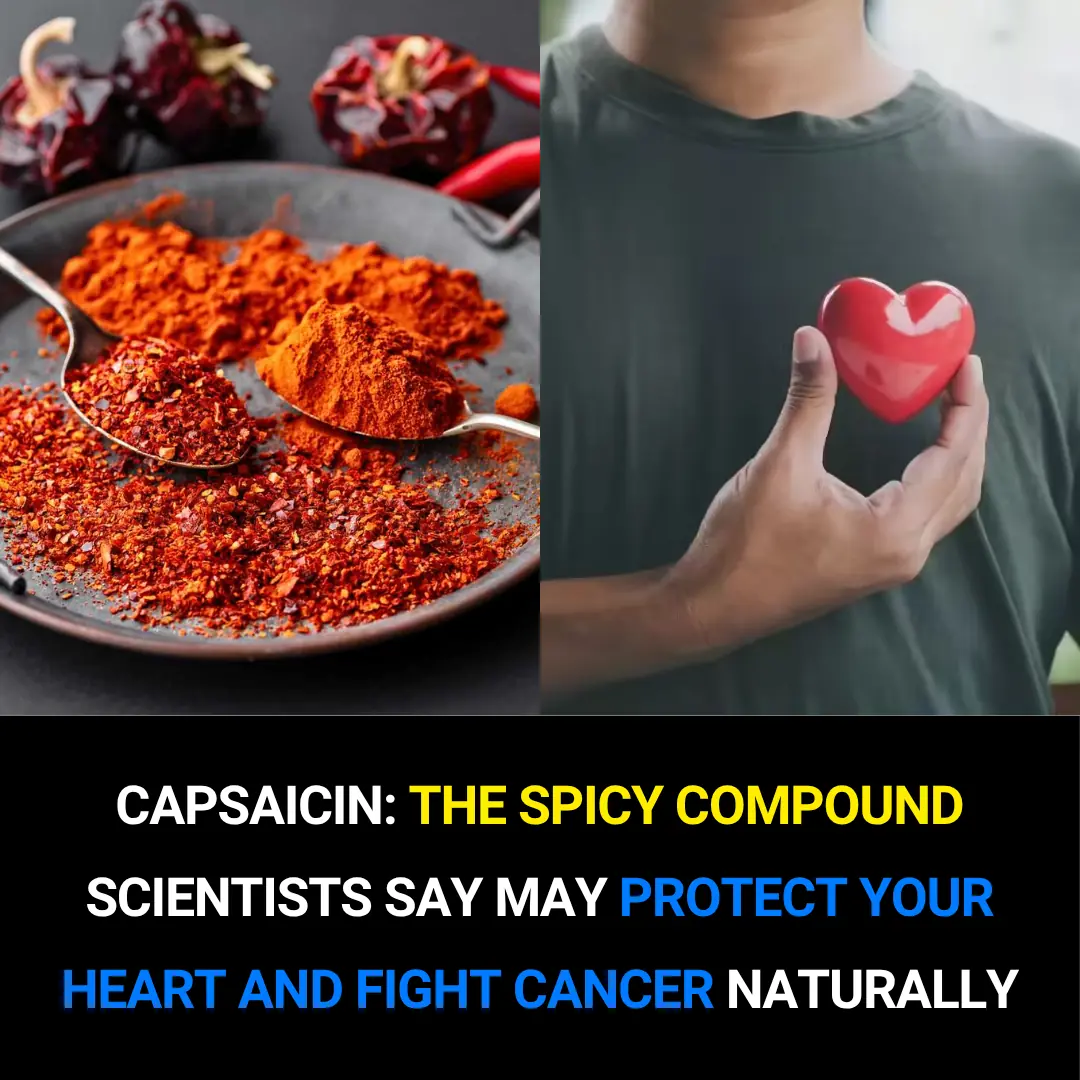
Capsaicin: The Fiery Compound That Stops Heart Attacks and Destroys Cancer Cells
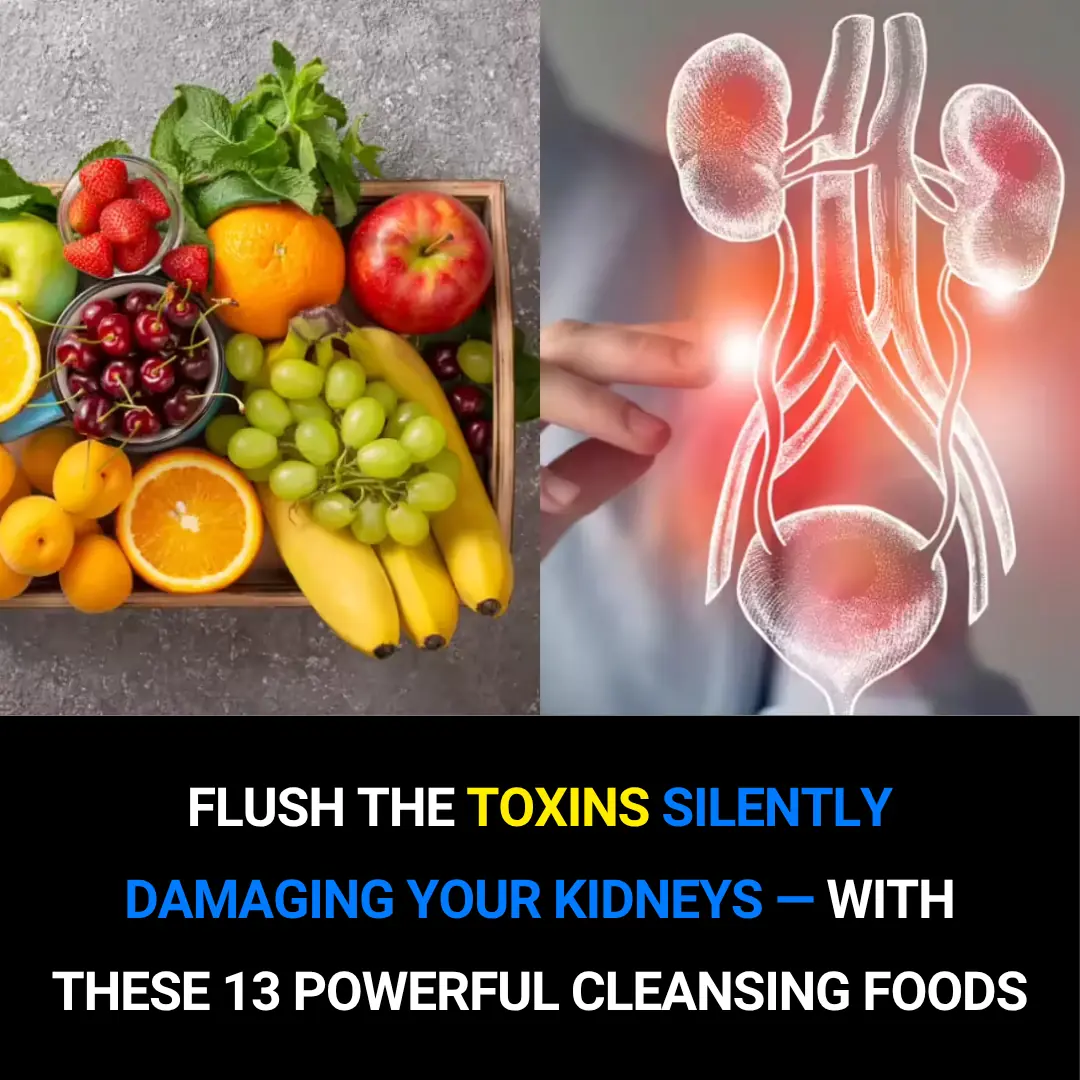
Flush Away the Hidden Toxins Damaging Your Kidneys — With These 13 Powerful Cleansing Foods

The surprising truth about eating eggs every day

Why You Should Stop Waking Up to Urinate
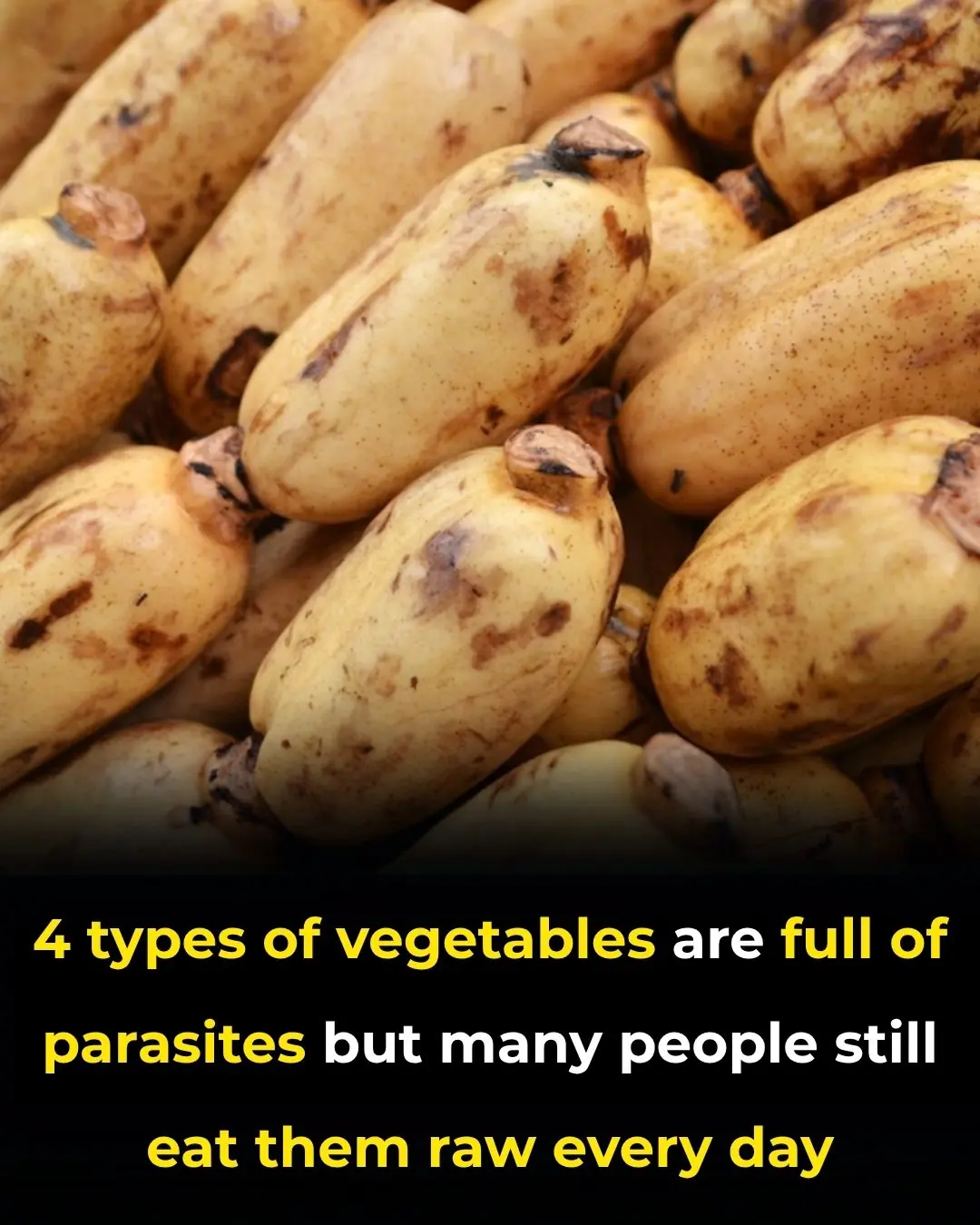
4 types of vegetables are full of parasites but many people still eat them raw every day
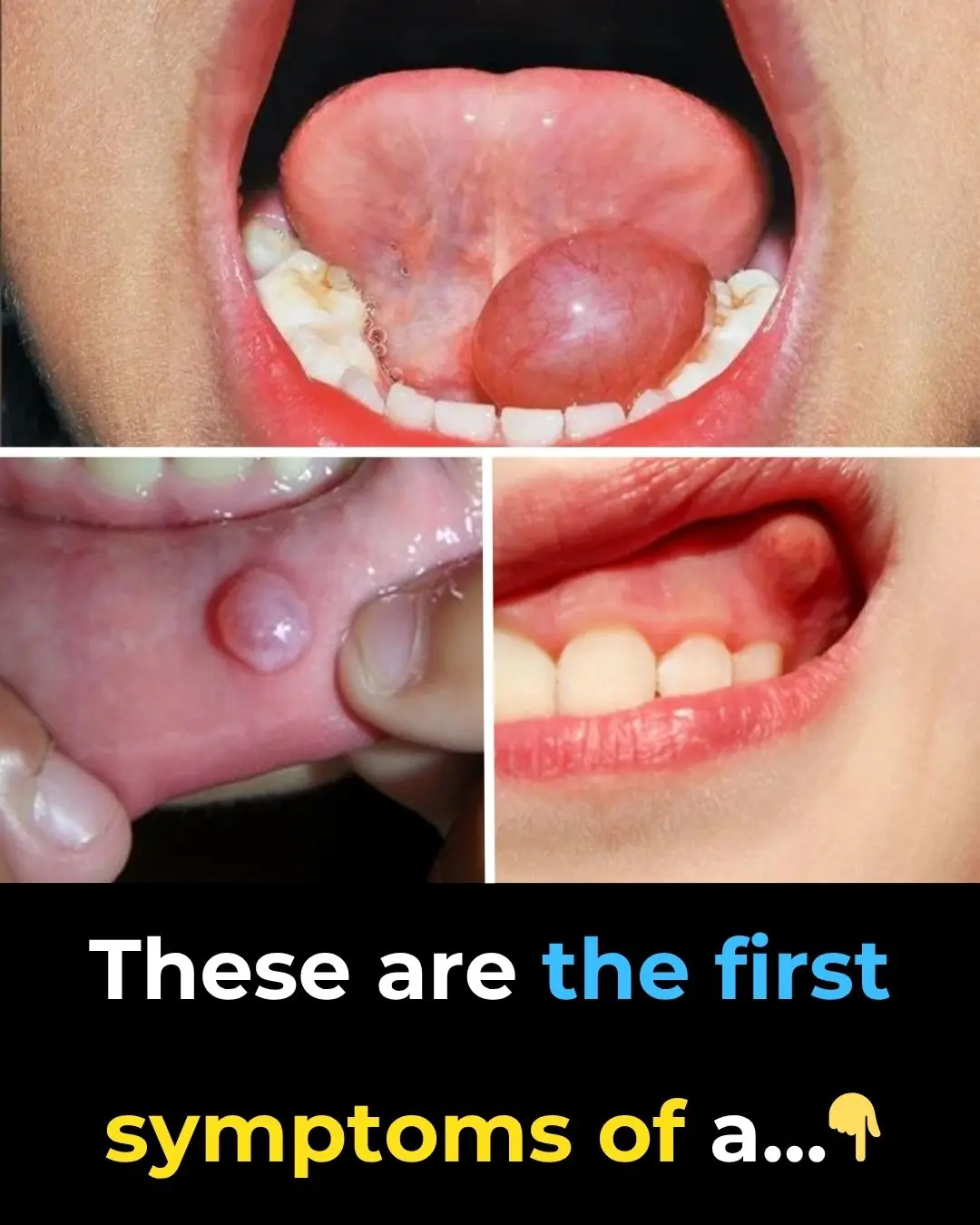
Hidden Dangers in Your Mouth: Early Signs of Oral Cancer
News Post

The Hidden Power of Garlic Bulbils: Nature’s Tiny Healing Pearls
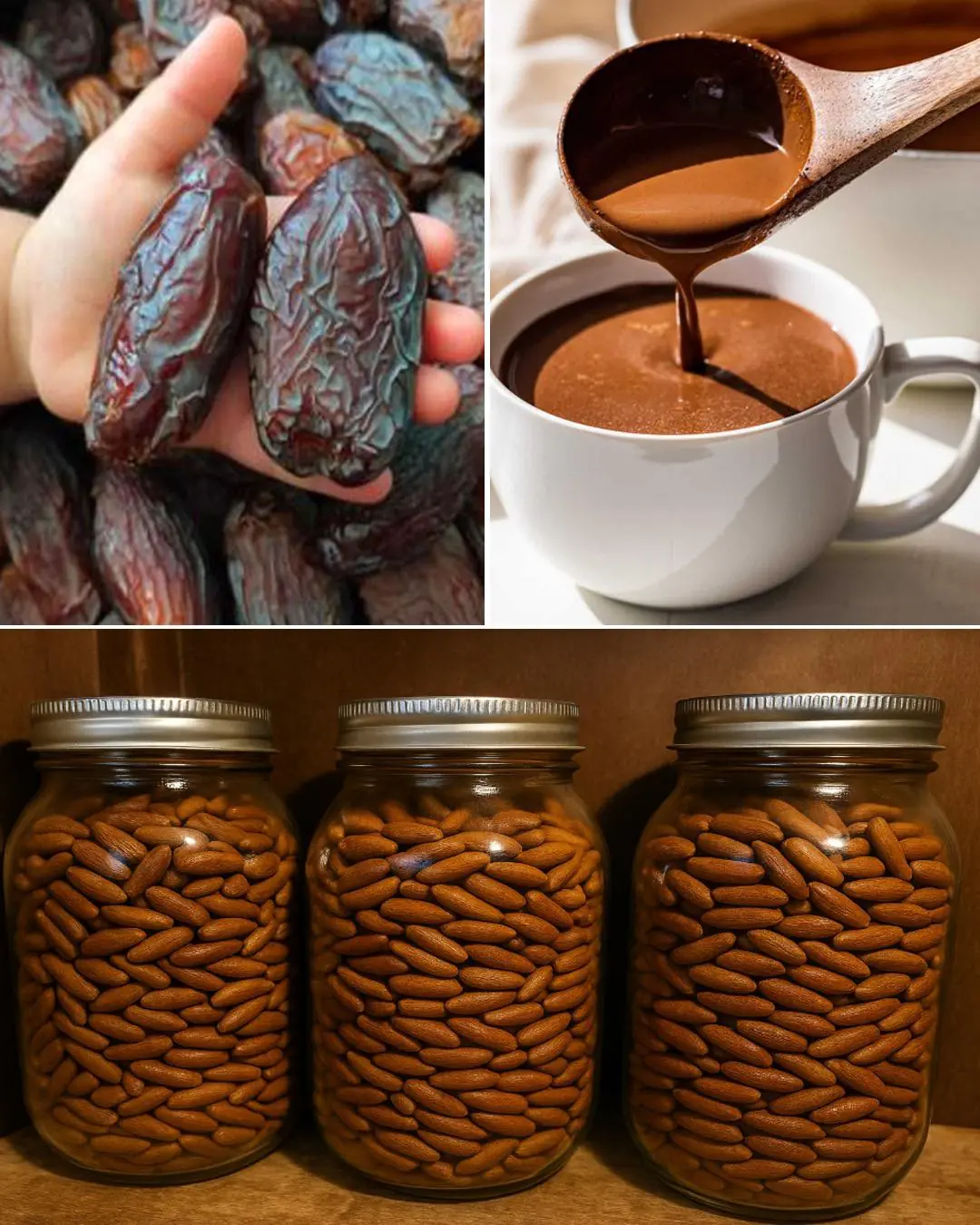
Date Seeds Benefits: The Superfood Ingredient with incredible health benefits
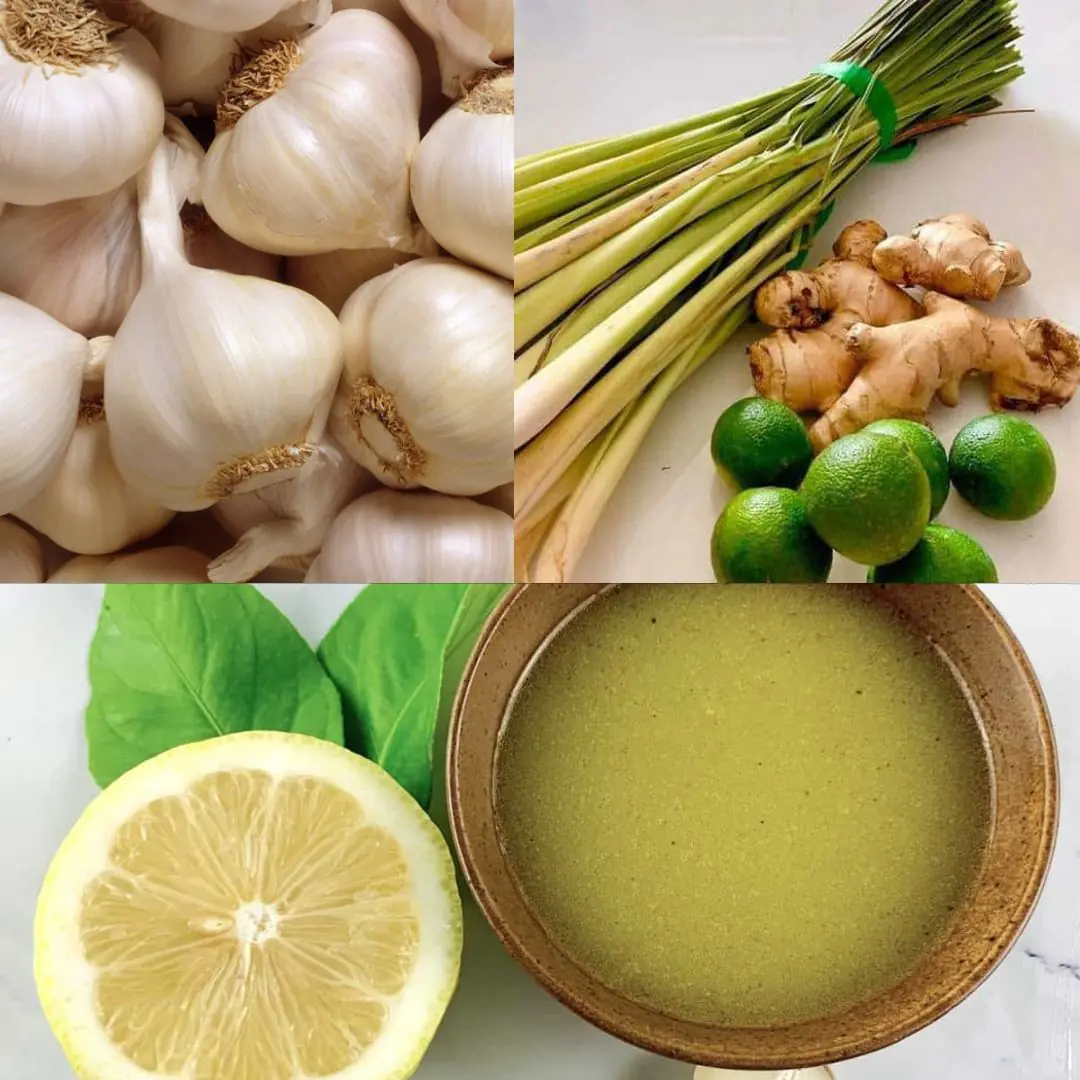
Unlock The Incredible Health Benefits of Garlic, Ginger and Lemon for Men
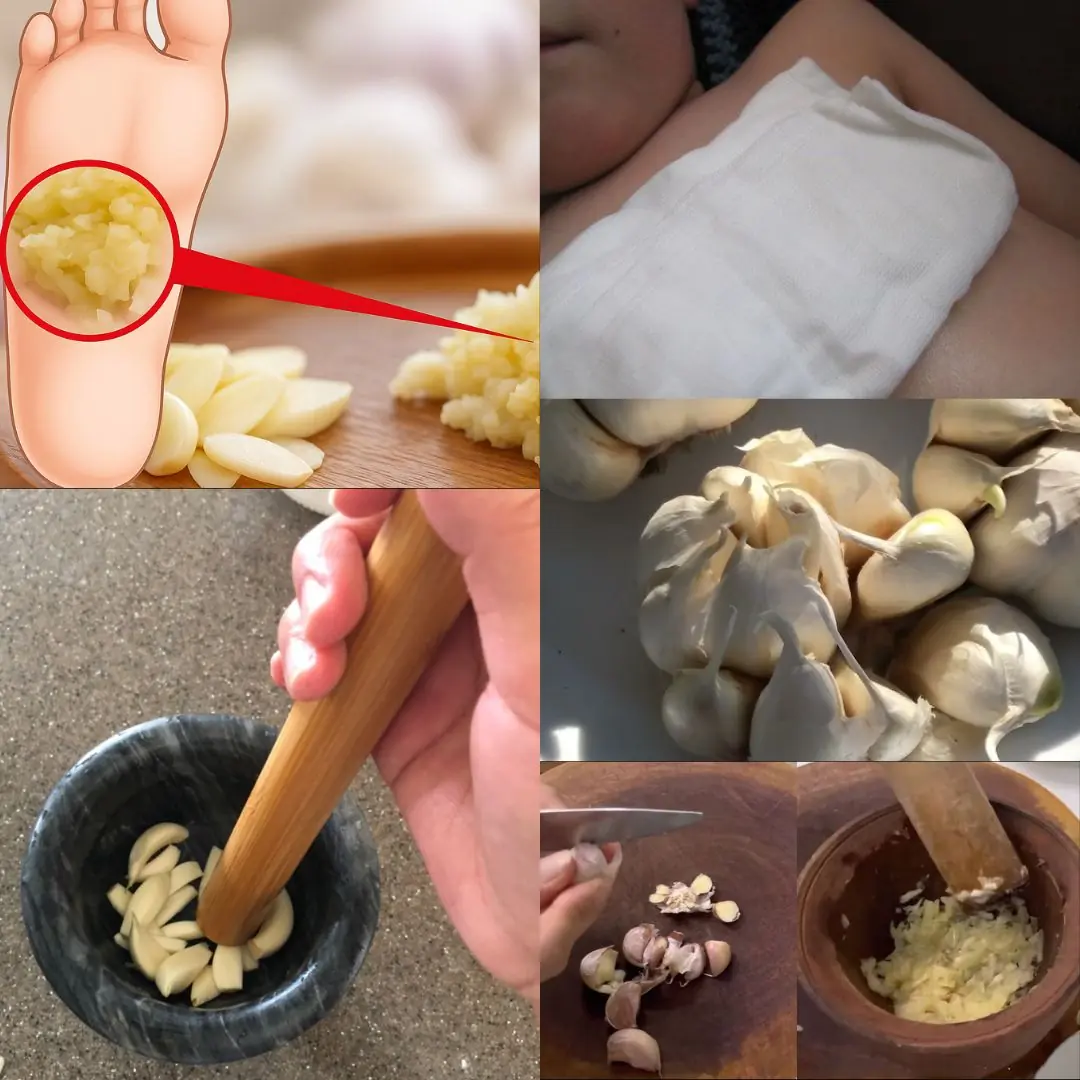
Garlic Poultice: A Powerful Remedy for Both Kids and Adults

Inserting scissors into the rice bin: A good tip that brings many uses, but who doesn't know it's too wasteful
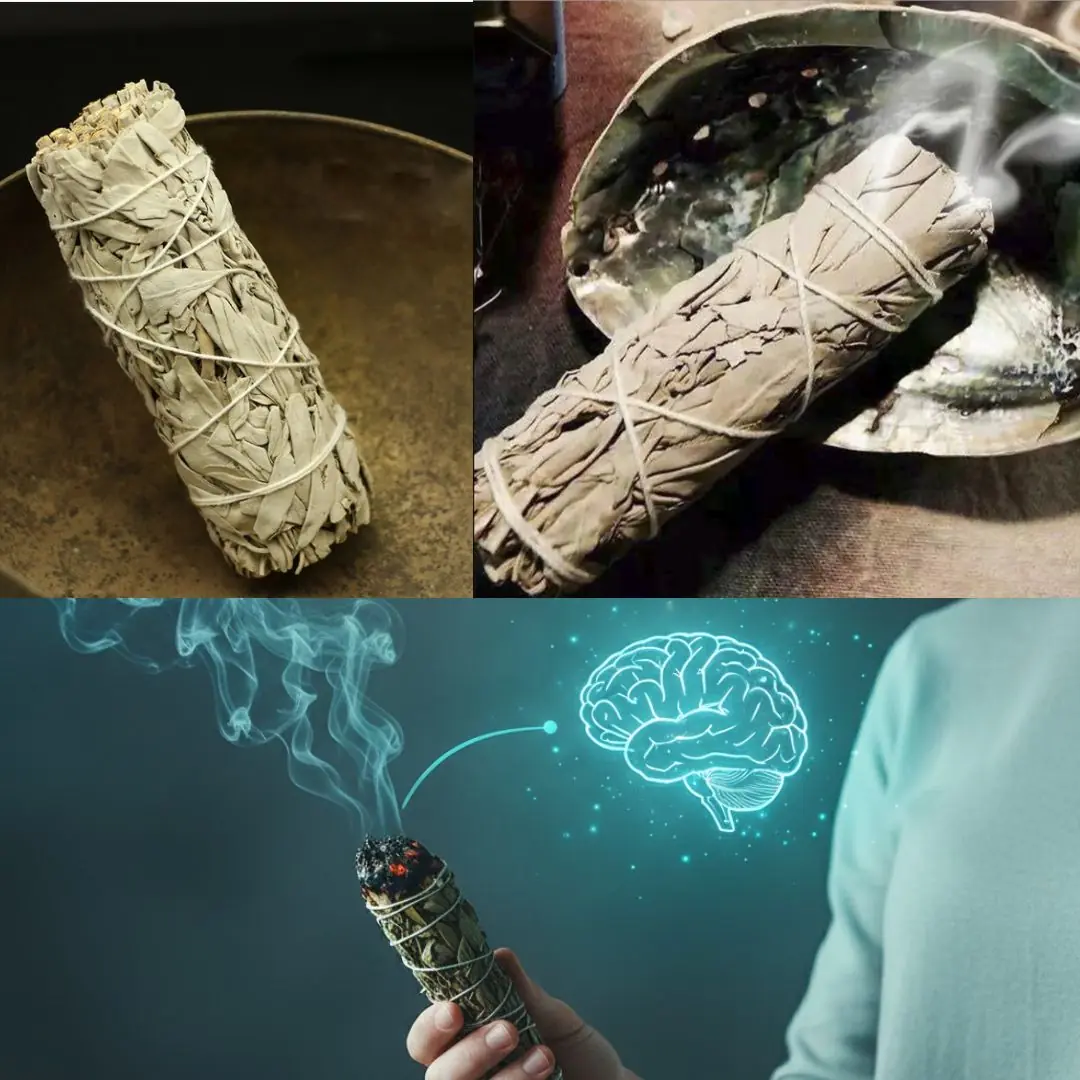
Burning Sage: What It Is, How to Do It, and Why It Might Help You

5 great foods that should not be stored in the refrigerator - the risk of aflatoxemia that causes cancer
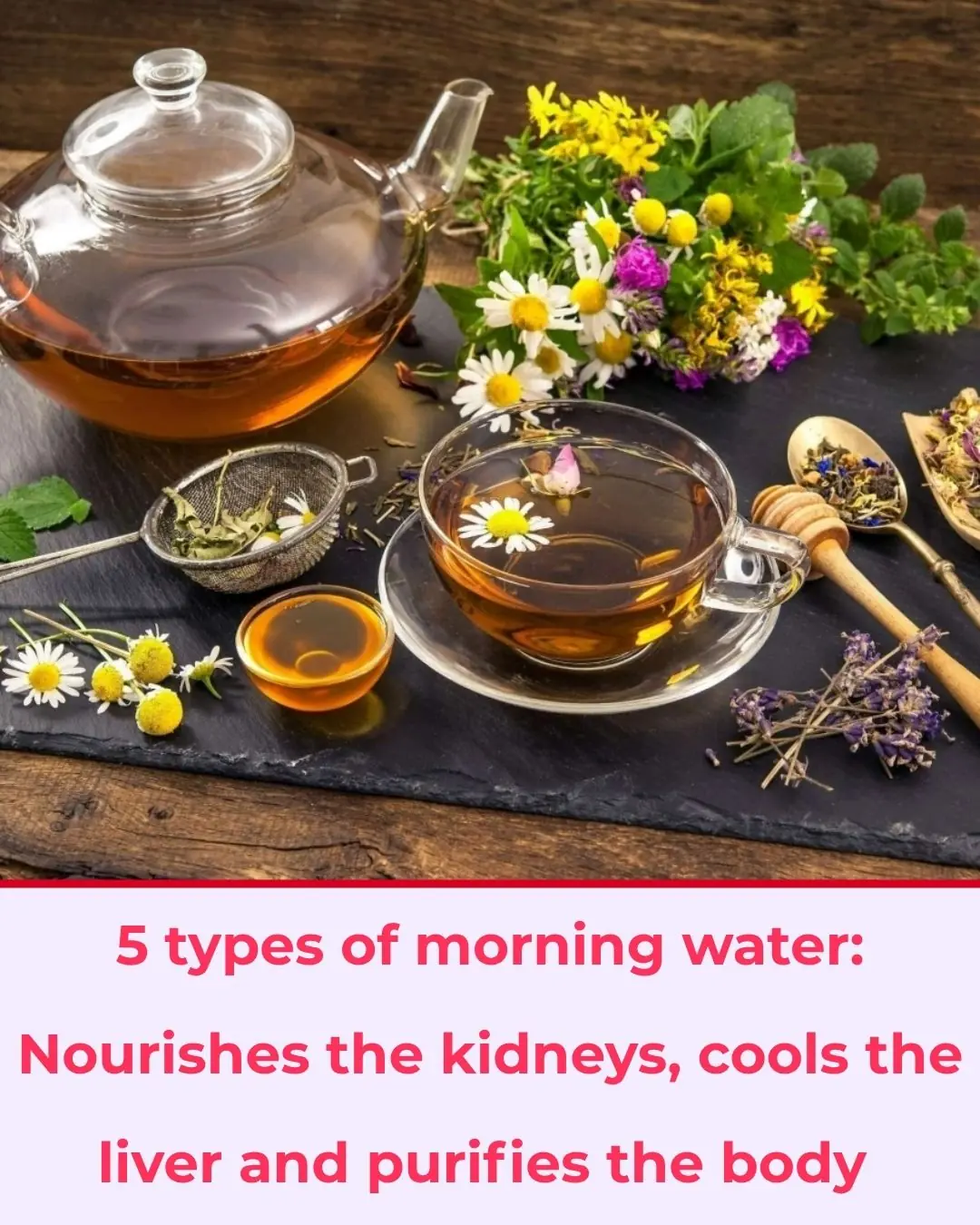
5 Morning Drinks to Boost Kidney Health, Cool the Liver, and Detoxify Your Body

A Simple Sponge Trick For The Fridge

How to Get Rid of Termites That Bore Into Wooden Doors — Protect Your 10-Year-Old Furniture and Keep It Beautiful

According To This Psychologist, A Dirty Car Can Reveal A Lot About Your Personality

Most drivers don't know the purpose of the car door hook

What Kind of Bread Are You

Most people don't know the meaning of wearing an ankle bracelet
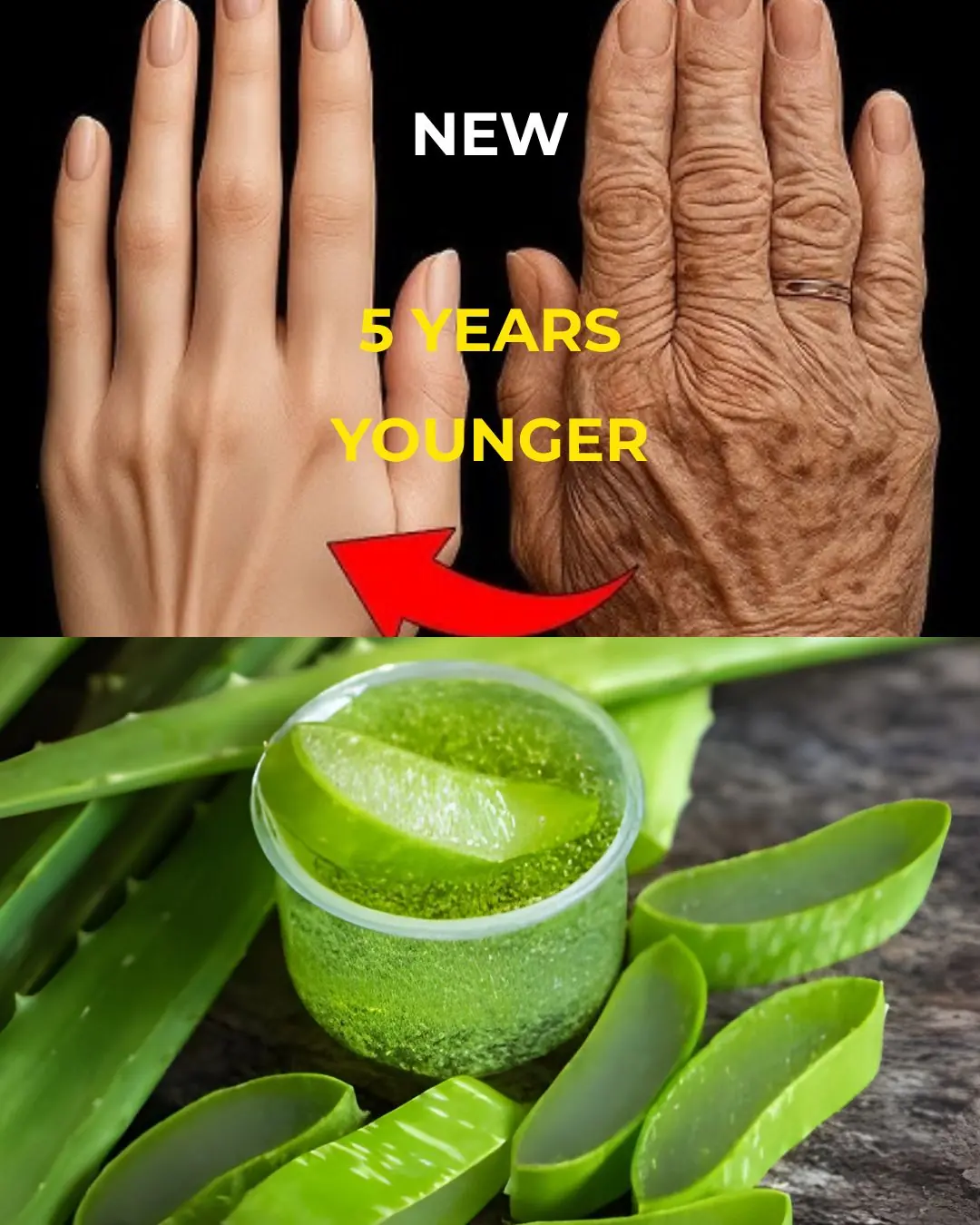
My Grandmother Looks 35 at 67 – Her Secret? Collagen + Aloe Vera Clever Tricks

What Clutter and Neglect Might Be Saying
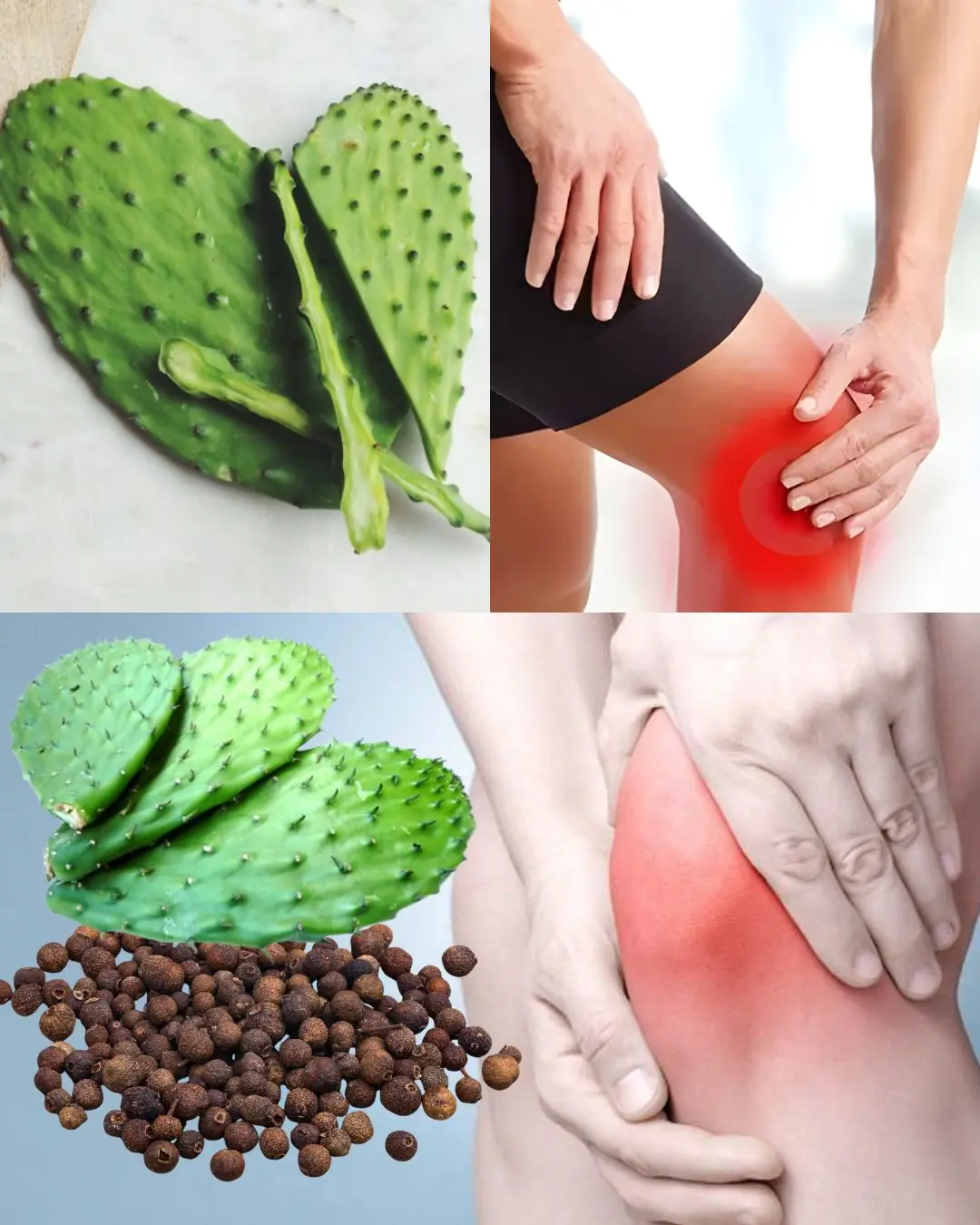
Anti-Inflammatory Power: Relieve Joint Swelling and Bone Pain with Prickly Pear (Nopal) Water 🌿💧

Why the “Good Side” of Your Fence Should Face Your Neighbor

❤️ 5 Subtle Signs That May Suggest Heart Trouble – And When to See a Doctor
